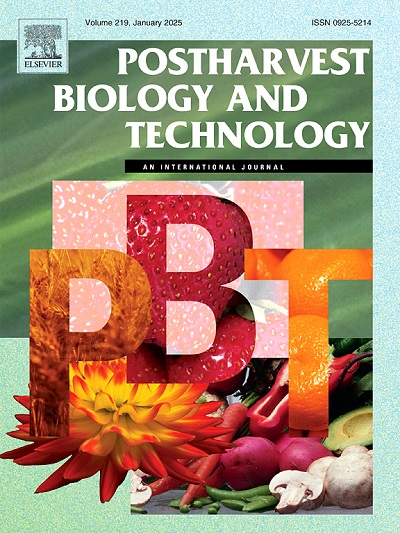数字冷链:传感器驱动的产品质量与人工智能
IF 6.8
1区 农林科学
Q1 AGRONOMY
引用次数: 0
摘要
随着传感器和其他物联网设备的普遍应用,使用数据驱动的计算模型来表示数字环境(如云)中的物理对象或过程的概念变得越来越实用。例如,可以根据初始质量、温度和运输时间在整个分销过程中预测草莓的保质期。草莓的适销性和质量,包括颜色、含糖量和硬度,在采后的过程中会恶化。对这些指标的准确预测有助于在分销过程中保持质量标准,并实现智能分销。在本文中,我们介绍了一种传感器驱动的人工智能/机器学习算法,以深入了解草莓的数字冷链,并证明使用简单的传感器数据,可以创建数字草莓的可销售性、颜色、糖含量和硬度的可靠表示。利用支持向量回归方法预测适销性和甜度,在期望值范围内的错误率分别为4.21(%)和15.56(%)。决策树回归在颜色和坚定度的预期范围内分别实现了1.95(%)和4.12(%)的预测误差。最终,先过期先出的分销链可以取代行业标准的先入先出,通过使用建议的精确和经过验证的数字冷链方法来防止损失。本文章由计算机程序翻译,如有差异,请以英文原文为准。
The digital cold chain: Sensor-driven product quality with AI
The concept of using data-driven computational models to represent a physical object or process in a digital environment, such as the cloud, has become increasingly practical with the ubiquitous application of sensors and other IoT devices. For instance, the shelf life of a strawberry can be predicted throughout the entire distribution process based on the initial quality, temperature, and shipment duration. The marketability and quality of strawberries, including color, sugar content, and firmness, deteriorate during the postharvest process. Accurate prediction of these metrics can facilitate maintaining quality standards during distribution and enable smart distribution. In this article, we introduce a sensor-driven AI/ML-enabled algorithm to provide insight into the digital cold chain of strawberries and demonstrate that using simple sensor data, can create reliable representations of the marketability, color, sugar content, and firmness of a digital strawberry. Marketability and sweetness ratio are predicted with error percentages of 4.21 (%) and 15.56 (%) within the expected range of values, respectively, with support vector regression. Decision tree regressions achieved prediction error percentages of 1.95 (%) and 4.12 (%) within the expected range of values for color and firmness, respectively. Ultimately, a first-expired-first-out distribution chain can replace the industry standard first-in-first-out to prevent loss with the use of the proposed methods for an accurate and validated digital cold chain.
求助全文
通过发布文献求助,成功后即可免费获取论文全文。
去求助
来源期刊

Postharvest Biology and Technology
农林科学-农艺学
CiteScore
12.00
自引率
11.40%
发文量
309
审稿时长
38 days
期刊介绍:
The journal is devoted exclusively to the publication of original papers, review articles and frontiers articles on biological and technological postharvest research. This includes the areas of postharvest storage, treatments and underpinning mechanisms, quality evaluation, packaging, handling and distribution of fresh horticultural crops including fruit, vegetables, flowers and nuts, but excluding grains, seeds and forages.
Papers reporting novel insights from fundamental and interdisciplinary research will be particularly encouraged. These disciplines include systems biology, bioinformatics, entomology, plant physiology, plant pathology, (bio)chemistry, engineering, modelling, and technologies for nondestructive testing.
Manuscripts on fresh food crops that will be further processed after postharvest storage, or on food processes beyond refrigeration, packaging and minimal processing will not be considered.
 求助内容:
求助内容: 应助结果提醒方式:
应助结果提醒方式:


